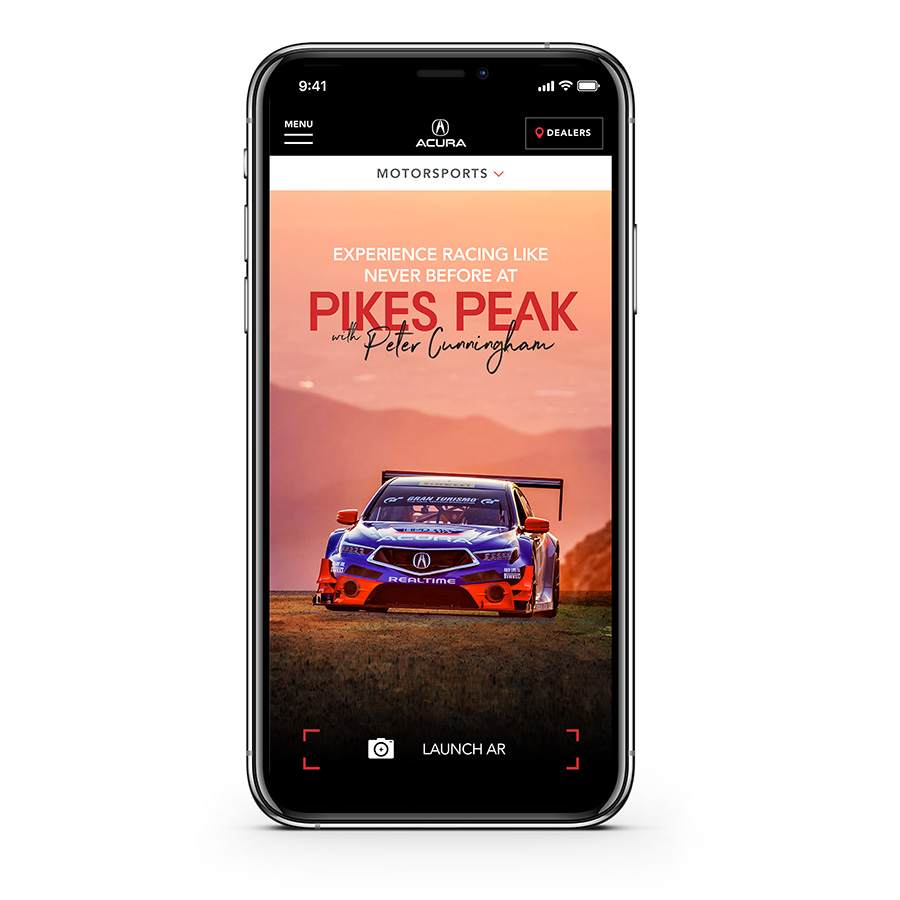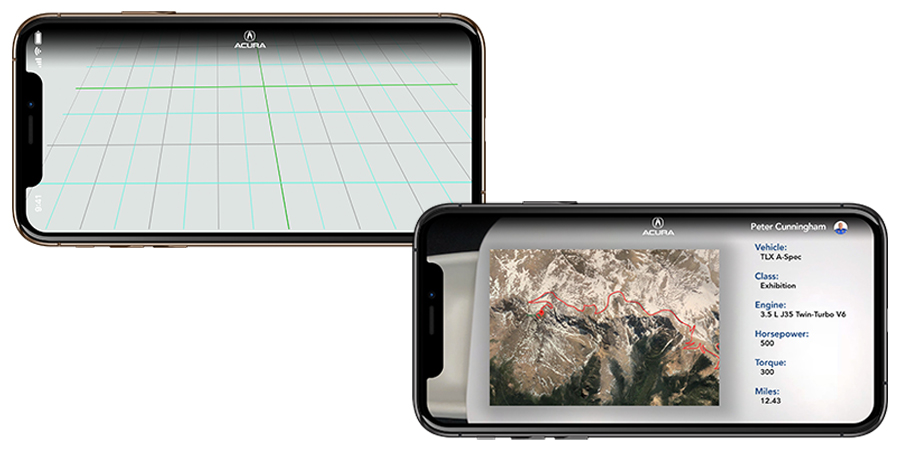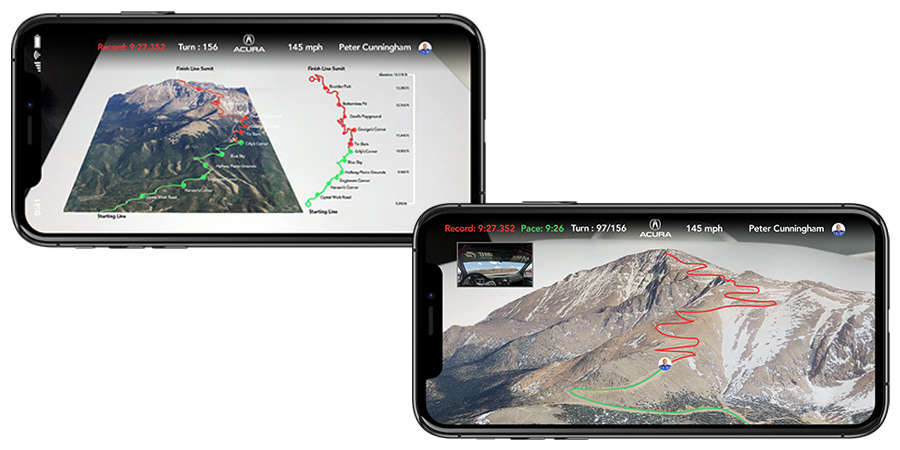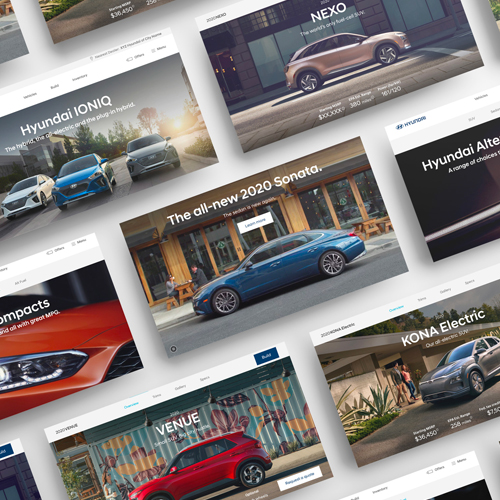Augmented & Virtual Reality
The quality of design in augmented reality (AR) and virtual reality (VR) is crucial, shaping user engagement, perception, and the overall success of these technologies. Good design not only makes AR and VR experiences visually captivating but also ensures they are intuitive, immersive, and emotionally engaging, facilitating a seamless blend of the physical and virtual worlds. As these technologies advance, exceptional design remains key to creating meaningful and impactful experiences that resonate with users and expand the horizons of innovation.
Hyundai Elantra
Hyundai's venture into Augmented Reality (AR) with its first AR experience for the new Elantra represents a groundbreaking shift in how customers interact with automotive brands. This innovative AR experience allows users to virtually place the Elantra in their driveways or on their desks, offering the ability to scale the vehicle to true-to-life size or down to a compact model. The immersive nature of the experience doesn't stop there; users can step inside the virtual car to explore the intricate details of its interior, experiencing the design and craftsmanship up close. The flexibility to modify the exterior color and rotate the vehicle for a 360-degree view adds another layer of personalization, letting customers truly visualize the Elantra as part of their lives. This leap into AR technology has significantly enhanced brand engagement, offering a novel way for customers to connect with the Elantra, and set a new standard for the customer experience in the automotive industry.
Acura Motorsport
In my proposal and design, I showcased an augmented reality (AR) experience centered around the iconic Pikes Peak race, enabling users to virtually follow the race through an innovative AR lens. This concept was designed to allow users to virtually place the racetrack on any surface, and then witness the race unfold in AR, bringing the adrenaline-pumping action of Pikes Peak directly to them. Acura, known for its emphasis on precision performance both on and off the racetrack, served as the perfect backdrop for this AR experience. The design focused on capturing the essence of racing, acknowledging the fleeting nature of these moments, and aimed to give fans not just a view, but an in-depth exploration of the race. It included detailed statistics about the cars and drivers, insight into racing strategies, and even a simulated driver’s seat perspective, offering a comprehensive window into the racing world. This experience was envisioned to extend beyond mere observation, allowing fans to interact with Acura vehicles within this virtual setting, thus bridging the gap between the thrill of the race and the innovation of AR technology.
Virtual Showing
In our latest innovation, we've introduced an immersive virtual reality experience tailored for interior designers and businesses, showcasing LG Signature kitchen appliances within meticulously crafted virtual kitchens. This interactive platform not only allows users to navigate through these spaces with ease but also offers the unique opportunity to interact with appliances, gathering detailed information through clicks and witnessing realistic animations that mimic the true experience of using these products. Enhancing this virtual journey, the experience is designed to engage users in a comprehensive exploration, demonstrating the functionality and elegance of LG Signature appliances in a fully animated, dynamic real-time environment, thereby revolutionizing the way professionals envision and plan their design projects with cutting-edge technology.
Dive in deeper
n this section, you'll explore a variety of groundbreaking experiences I've designed, where cutting-edge technology meets creative vision. These projects highlight my expertise in crafting engaging and interactive environments that push the boundaries of digital storytelling and user interaction. From conceptualization to execution, each project showcases my commitment to innovating within these dynamic and rapidly evolving fields, delivering experiences that are not only technologically advanced but also deeply resonant with users.















